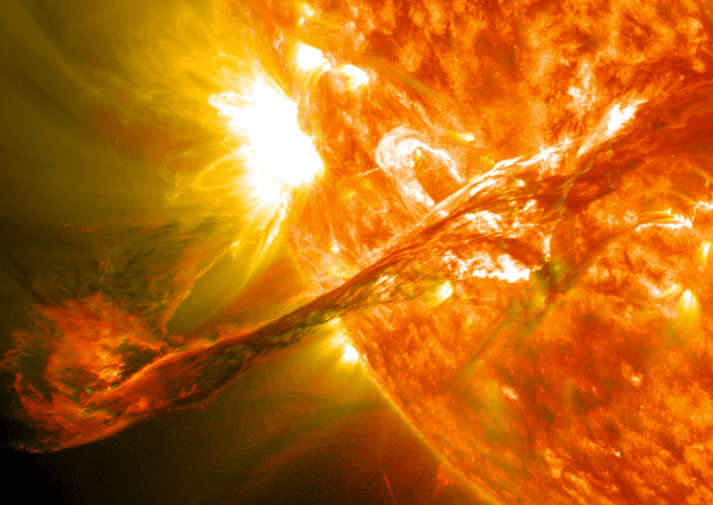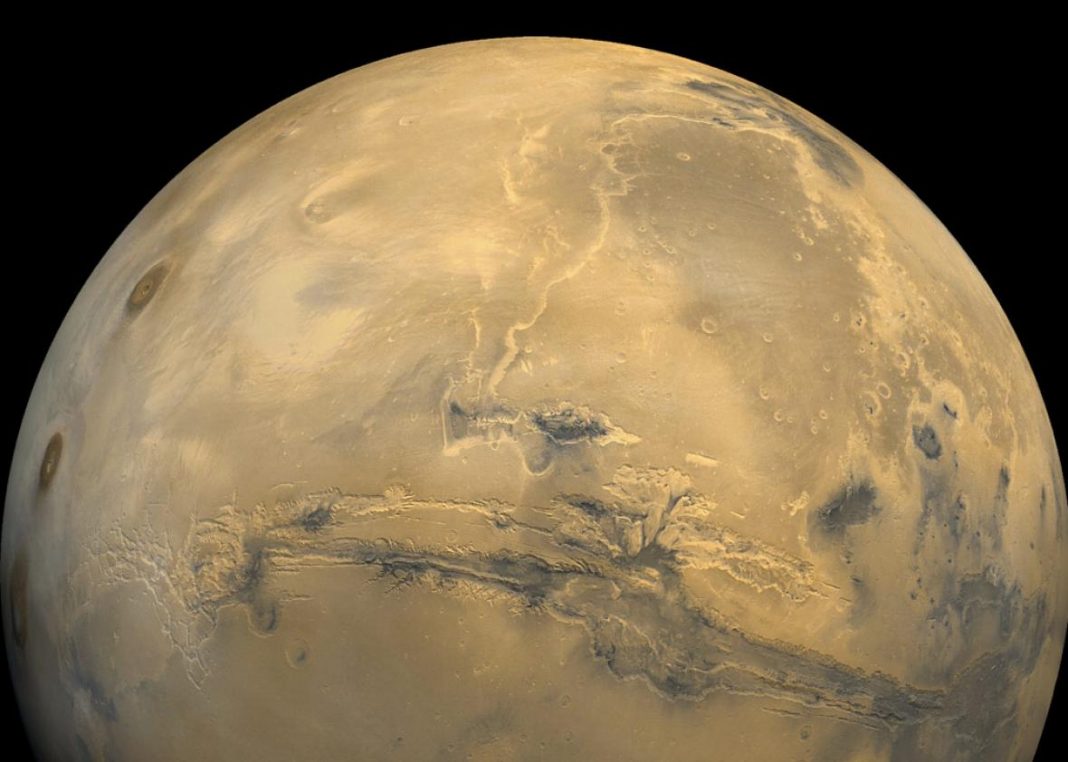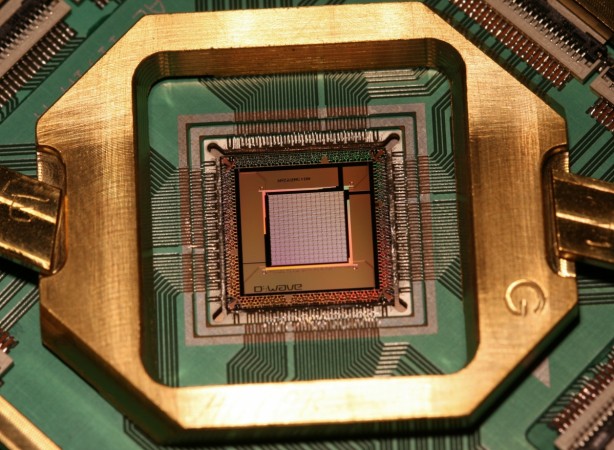For over a century physicists have looked for explanations about the seemingly mysterious yet numerous plasma jets. Now, using a top of the line computer simulation, scientists have an answer from a new model of these jets or spicules. The new model, whose findings are published in the journal Science, has provided answers to a number of the biggest questions stumping solar physicists, like why the atmosphere of the Sun exceeds the temperature of its surface and how spicules are formed.
“This is the first model that has been able to reproduce all the features observed in spicules,” said Juan Martinez-Sykora, lead author, and astrophysicist from the Bay Area Environmental Research Institute. Spicules occur with regularity, every five minutes, shooting fiery hot charged particle streams at the Sun’s atmosphere, or corona, at a speed of about 93 miles per second and can last up to 15 minutes at a time. Estimates have the total active number of these plasma jets up to 300,000 at any given moment.
Perhaps the strangest features of the Sun’s corona is that its temperature is higher than it should be given its distance from the surface of the Sun. Because of the plasma jets constantly produced at the surface, the Sun’s Corona, though miles from the source, is not just a few degrees hotter than the surface but millions of degrees hotter. This would be similar to you standing a few yards from a summer bonfire but getting burned as if you were within the flames themselves.
Other theories explaining the puzzles of spicules have surfaced in the 100 years that scientists have been aware of them. One theory posited that they were formed by immense sound waves while a more recent one suggested the Sun’s magnetic field formed loops that caused the Jets. However, these studies have not fully explained the phenomenon, leaving out key components like why they happen everywhere on the sun and the reason for their initial formation.
Bart de Pontieu, the principal physicist with Lockheed Martin’s Solar Astrophysics Laboratory, explains why unmasking the secrets behind spicules has been so challenging:
“It’s been very hard to get a clear view of what these spicules do, as Earth’s atmosphere creates a murky picture,” he said. “But thanks to space telescopes, we can now see what they really look like in greater detail.” Now, the computer model developed by Juan Martinez-Sykoro and his team can create simulations of spicules, letting physicists observe the physical features and track variations in temperatures caused by the plasma jets.
The numerical model breaks down spicule formation in three distinct steps.
The first step begins on the Sun’s surface, where the constant churning of plasma disturbs the Sun’s magnetic field, which becomes distorted and knotted in the interaction. This causes an immense magnetic tension to be trapped near the surface of the Sun.
In the next step, ambipolar diffusion occurs, where charged and neutral particles mix just above the Sun’s surface forming an escape route for rising magnetic tension. At last, this tension gets free and is shot with dramatic force into the atmosphere and outer space with powerful speed.
“These jets of plasma are ejected so fast that they could traverse the length of California in just a couple of minutes,” De Pontieu explained. “They can reach heights of 10,000 kilometers, roughly the diameter of Earth, in just five to ten minutes.”
To verify the accuracy of their model, the researchers compared its results to the data of the Swedish Solar Telescope and NASA’s Interface Region Imaging Spectrograph. The study’s simulations matched a number of properties, like shape, size, and speed, of real spicules.
Not only have they answered long-standing questions regarding the nature of the plasma jets, the scientists made new findings that illustrate the way spicules send scorching heat into the Sun’s corona.
“It’s exciting because it explains why the solar atmosphere is millions of degrees hotter than the surface,” added De Pontieu. With this new discovery, the scientists can study better how spicules interact with the furthest edges of the Sun’s atmosphere.
More News to Read
- AI Chatbots are Create New Jobs by Killing the Old Ones
- Top 5 Artificial Intelligence Chatbots to Help You Find Your Next Job
- AI Detects Abnormal Heart Rhythm Using the Apple Watch’s Heart Rate Sensor
- Google on the Edge of Quantum Breakthrough – ” Quantum Supremacy “
- Although the Apple 2017 iMac is brighter and more powerful, is it the right one For You?











